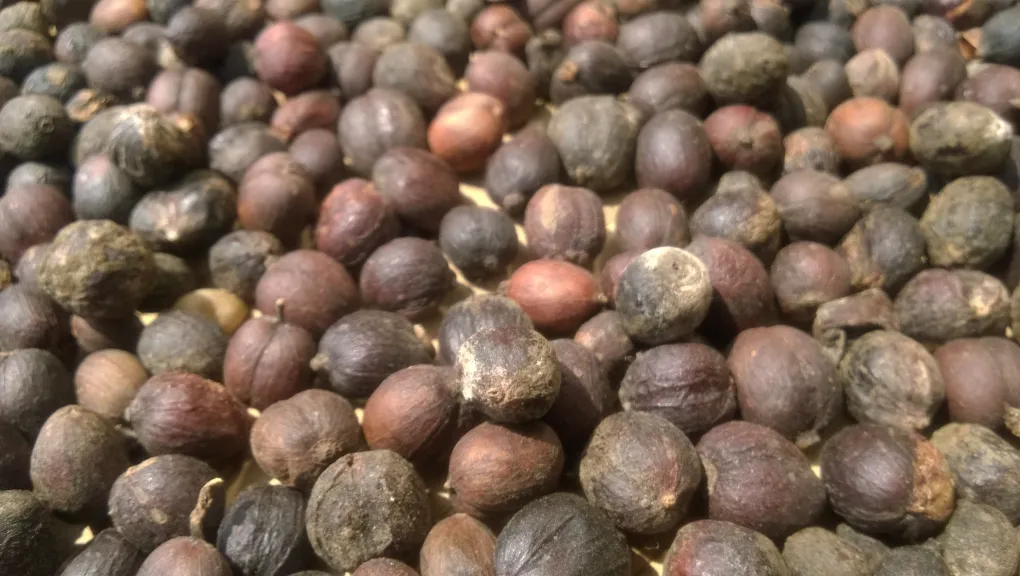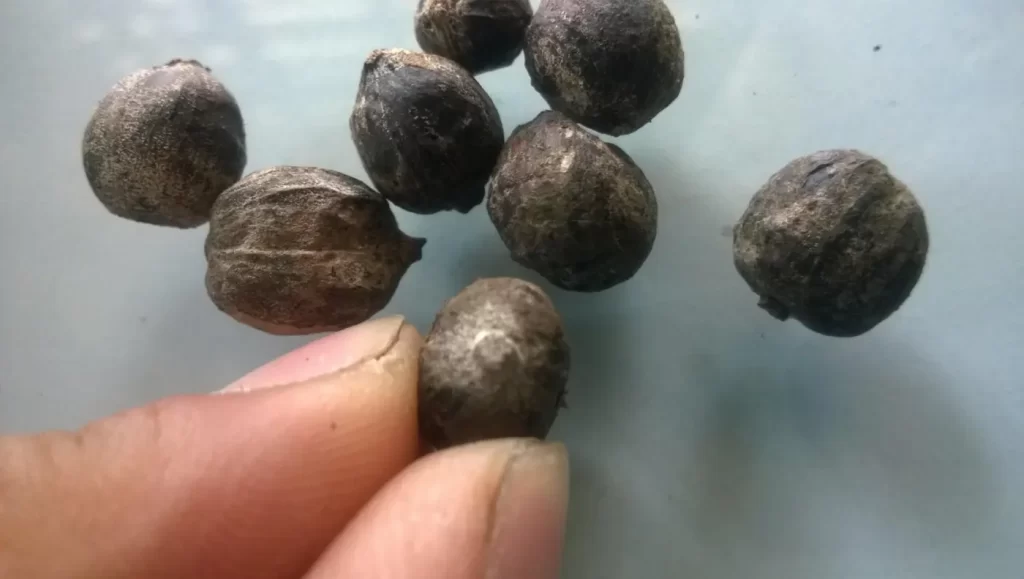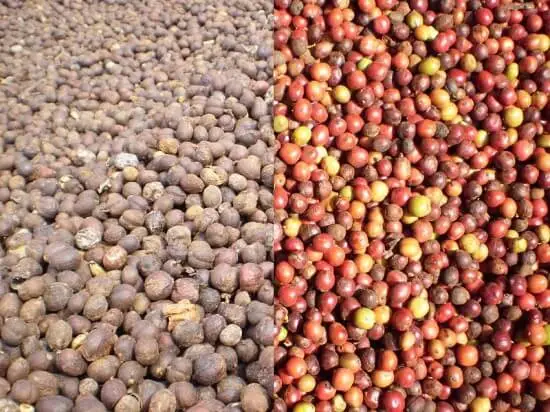
Mold in coffee may seem absurd, but it is a fact. Mold might be present in your coffee without your notice. When mold is collected, processed, exposed, transported, or stored, it may permeate. Let’s see what we can find out together.
What exactly is mycotoxin?
Notion
Mold – a tiny fungus that may develop on products like grains and coffee beans if they are kept wrongly – produces mycotoxins. When you ingest too many of these chemicals, you might get poisoned. They may also create long-term health issues and are the source of indoor mold contamination. They can be a concern in old, moist, and poorly ventilated buildings. Mold may come in a variety of forms.
Mold produces substances that might be harmful to your health. Some of them have even been used as pharmaceuticals. Penicillin antibiotics and ergotamine, an anti-migraine medication that also contains antibiotics, are examples.
It’s possible to make psychedelic LSD using it. Mycotoxins come in a variety of forms, but the two most often connected with coffee plants are aflatoxin b1 and ochratoxin a. Aflatoxin b1 is a recognized carcinogen that has been linked to a variety of health problems.
Although ochratoxin has received less research, it is regarded to be a mild carcinogen that may affect the brain and kidneys. It’s crucial to remember, however, that you’re constantly exposed to little quantities of dangerous compounds, so mycotoxins aren’t special in this regard.
Mycotoxins are also neutralized by the liver and do not build up in the body. As long as your exposure is kept to a minimum. Here’s where you can learn more about the negative consequences of drinking too much coffee.
Why does coffee have mold in it?
Mold toxins may be found in low-quality coffee samples from a variety of sources. Tropical climates are ideal for growing coffee plants. Mold species differ according to the temperature and the food available.
The greater the diversity of molds, the warmer and more humid the environment. And the more mold grows, the worse it is. Coffee plants are especially sensitive to mold formation due to their tropical nature. Then there are mycotoxins and aflatoxins, which are harmful secondary metabolites. Mold spores number in the millions, if not billions.

As a result, if coffee fruits are not collected, processed, dried, and kept appropriately in any given environment, they are very susceptible to assault. This is made considerably more problematic by the country’s coffee production methods. Because Robusta coffee is inexpensive, it is not adequately cared for.
As with the harvesting of ripe green mixed, which is not exposed to the sun mold that causes whitewashing, When stored, high humidity encourages mold growth… and so on. The mold, of course, will not be eradicated during the roasting process. Have you ever drank a cup of coffee that smelled terrible or, if that wasn’t the case, moldy? Mold has already polluted your coffee.
Harvest
Coffee should be dried or processed as soon as possible after harvest. Is it kept as long as possible in storage? The greater the opportunity for mold to penetrate and flourish.
As a result, coffee pre-processing and drying spaces are often constructed. Stay close to the coffee garden for simple transportation and to reduce the amount of time the coffee ferments unnecessarily.
Drying and preliminary processing
Mold may readily infiltrate the coffee at this point. If not adequately regulated, unique pretreatment techniques that need extended exposure times may expose you to mold.
It’s much scarier when the weather isn’t cooperating. Mold develops as the coffee dries slowly. The option is to construct a greenhouse or use a dryer to decrease the external influence of the weather.

Archive
Have you ever heard that allowing the humidity to be greater while storing coffee for sale reduces coffee loss? In Vietnam, the situation is much too dire.
When coffee is left in a high-humidity environment, such as a hot and humid climate, it soon becomes moldy. Furthermore, we only have one coffee harvest season every year, therefore the beans will be saved and utilized the next year. As a result, storage is critical. Not all units, however, pay attention to this stage.
How can you tell if your coffee is moldy?
When coffee also includes a lot of aromatic chemicals, it’s much more difficult for customers. It’s impossible to tell when you’ve had too much to drink. We, on the other hand, are roasters.
If there is a mold infestation, it is simple to detect in unsalted coffee samples. Mold gives them a distinctly unpleasant odor. It’s much too obvious, yet for the sake of business, they’ll continue to roast, further contaminating the neighborhood.
The conclusion.
Roasted coffee is now widely available, which is a significant advancement in our consumer society. However, the path to utilizing clean coffee is still long and winding. Pay the farmers extra to enable them to do so. Every cup of coffee I prepare makes me more enthusiastic.